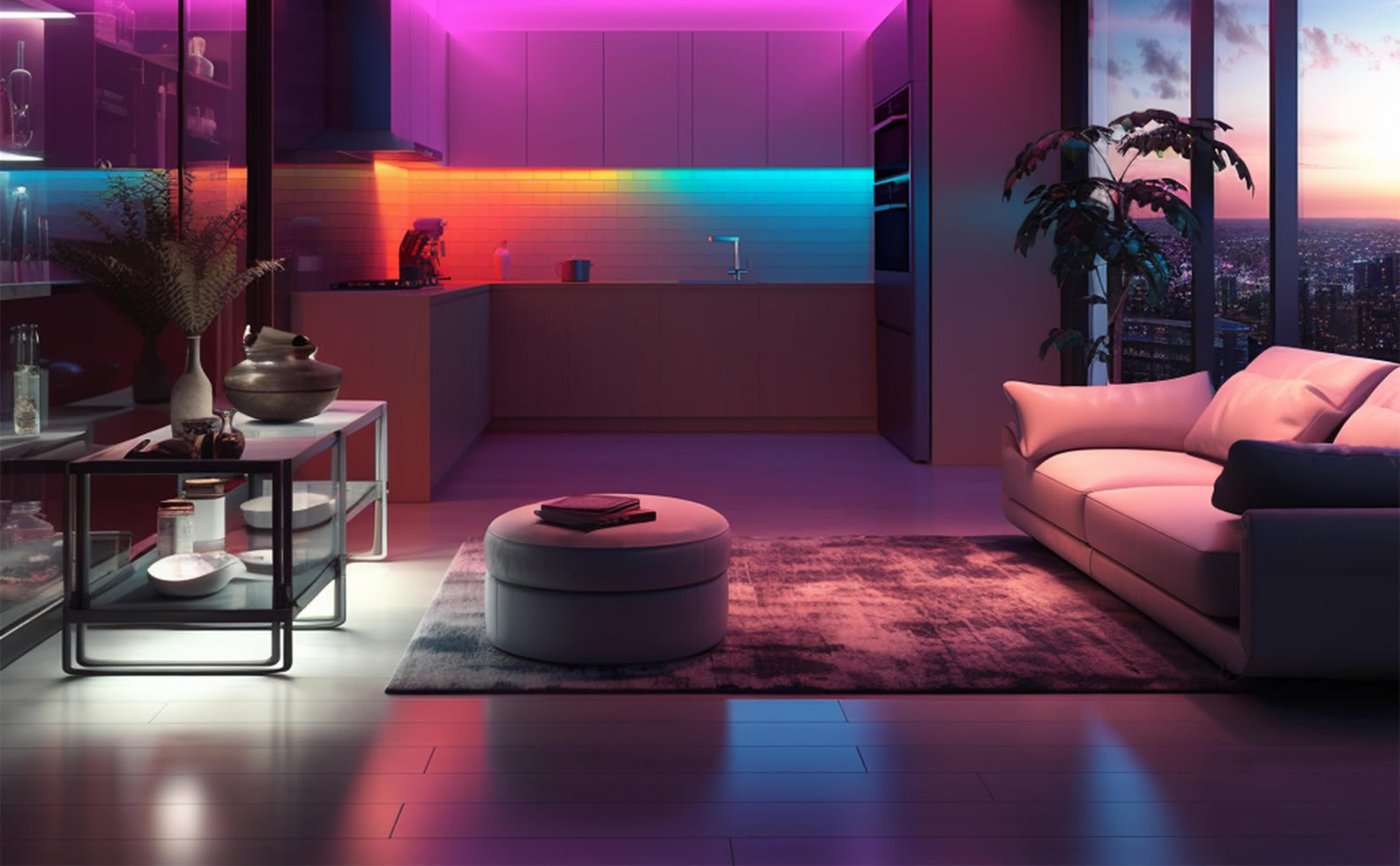A Quick Guide to Smart Lighting: Bulbs vs. Switches—Which Should You Choose?
So, you’re thinking about upgrading your home lighting setup with some smarts, but you’re stuck at the crossroads: smart bulbs or smart switches? You’re not alone—navigating the world of smart lighting can be tricky. Don’t worry, we’ve got your back and here’s everything you need to know to make the right choice for your home.
💡 The Smart Lighting Conundrum
Imagine this: You’re excited to give your home a modern lighting upgrade, and now you’re staring at two options:
- Smart Bulbs: Feature-packed, colorful, and convenient.
- Smart Switches: The familiar wall switch, but with a high-tech twist.
Let’s break down the pros, cons, and everything in between to help you decide.
💡 Smart Bulbs: The Feature-Rich Choice
Smart bulbs can offer quite a few features and functionality, but they can come with a hefty price tag. These LED wonders can include built-in Wi-Fi or Zigbee/Z-Wave, turning any fixture into a smart one.
✅ Why Go for Smart Bulbs?
- Easy Setup: Just insert them in like any regular bulb— there’s no need for wiring skills. Great for renters who can’t make permanent changes.
- Packed with Features: From 16 million colors to adjustable white temperatures (usually between 2700K and 6500K), these bulbs offer dimming and fun effects like color cycling.
- Precision Control: Control each bulb individually, set schedules, and integrate with popular smart home platforms like Alexa, Google Home, or Apple HomeKit.
❌ The Trade-Offs
- Pricey Investment: Premium smart bulbs generally range from £10-45 each, and replacing multiple lights can add up quickly.
- Technical Quirks: Wall switches need to stay in the ‘on’ position if operated via smart app or Alexa (which can be confusing for guests), and some models require a hub. Plus, after a power outage, some bulbs may reset to default settings.
🔌 Smart Switches: The Practical Power Play
If you’re looking for a more seamless experience without changing all your bulbs, smart switches might be your answer. They let you keep using existing light fixtures while adding smart functionality.
✅ Why Smart Switches Might Be Right for You
- Cost-Efficient: Overall a single smart switch can control multiple lights, making it a budget-friendly solution for larger spaces.
- User-Friendly: Operates like a regular wall switch, making it intuitive for guests. Usually will keep working during Wi-Fi outages.
- Professional Look: Installed directly into the wall, smart switches provide a clean, tech-free appearance.
❌ What to Watch Out For
- Tricky Installation: You’ll need some wiring knowledge, and most models require a neutral wire. Secondly a professional installation is often recommended, especially to ensure compliance with standards.
- Limited Features: Unlike smart bulbs, switches usually control all connected lights together.
🎯 Which Should You Choose? A Quick Decision Guide
- Opt for Smart Bulbs If:
- You love the idea of color-changing lights.
- You’re renting or prefer easy installation.
- You want to control each light individually.
- You’re comfortable using apps for control.
- You’re starting small, with just a few lights.
- Opt for Smart Switches If:
- You want a consistent experience with multiple lights.
- You like the familiarity of traditional switches.
- You own your home and can modify wiring.
- You want a professional, integrated look.
🔧 Pro Tips for Smooth Installation
- Smart Bulb Tips:
- Network Strength: May require Wi-fi. Ensure good Wi-Fi coverage in the areas where bulbs are installed.
- Hub Considerations: Some bulbs may require a hub—do your research first.
- Check Fitting Types: UK homes often use B22 bayonet fittings so check compatability.
- Smart Switch Tips:
- Verify Wiring: Make sure you have a neutral wire unless opting for a neutral-free model.
- Professional Help: A Part P certified electrician can ensure everything is up to code.
- Box Depth: Measure your back box depth to avoid fitting issues.
💫 Why Not Both? The Hybrid Strategy
Can’t decide? Try a hybrid approach:
- Smart switches in high-traffic areas like hallways and living rooms.
- Smart bulbs in spaces where you want more mood control, like bedrooms or entertainment zones.
This gives you flexibility and the best of both worlds.
🎁 Budget-Friendly Tips for Smart Lighting
- Start Small: Try upgrading one room first to see which option you prefer.
- Look for Deals: Smart lighting products generally go on sale—keep an eye out for discounts.
- Future-Proof: Choose options compatible with major platforms like Alexa, Google Home, or Apple HomeKit.
- Mind the Running Costs: Check energy usage for both bulbs and switches.
🤝 Final Takeaway
Choosing between smart bulbs and smart switches comes down to your specific needs, home setup, and budget. There’s no rush—take your time, start small, and find the solution overall that fits seamlessly into your life. After all, the goal is to make things easier, not more complicated.


